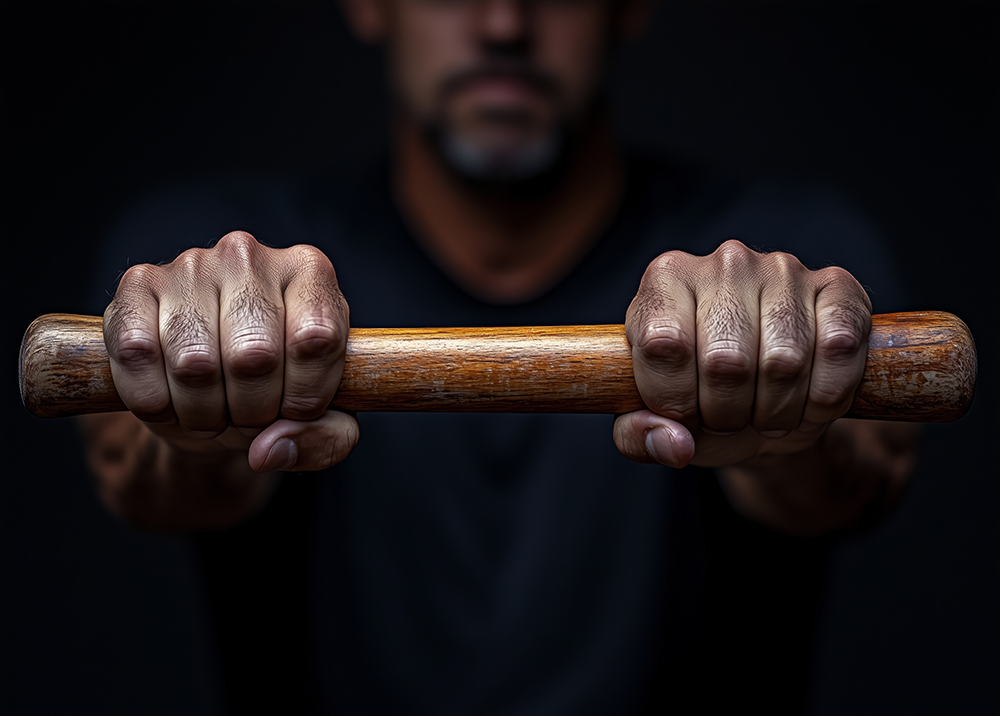Grip strength—often overlooked—plays a vital role in overall health, daily functioning, and long-term independence, especially among older adults. John Telesca understands that while it might be easy to dismiss a firm handshake or the ability to twist open a stubborn jar lid as inconsequential, research shows that grip strength serves as a powerful predictor of longevity, cardiovascular health, and muscular function. In fact, studies have increasingly spotlighted it as a marker for overall strength and mobility. The good news? You don’t need fancy gym equipment or a personal trainer to build it. A few simple tools and bodyweight exercises can go a long way.
Why Grip Strength Matters
1. Health Indicator
Numerous studies have established a clear link between grip strength and overall health. In one large-scale study published in The Lancet, lower grip strength was strongly associated with a higher risk of death from all causes, including cardiovascular disease. What’s more, grip strength was a better predictor of mortality than even systolic blood pressure. That means how hard you can squeeze might tell us more about your health than your blood pressure reading.
2. Maintaining Independence
For older adults, the ability to live independently often hinges on strength and mobility. Grip strength affects the ease of performing everyday tasks like turning doorknobs, carrying groceries, or holding utensils. Declines in grip strength can lead to difficulty managing these activities, increasing the risk of falls or the need for assisted living. A strong grip, on the other hand, is often associated with a higher quality of life and greater functional independence.
3. Musculoskeletal Health
Grip strength isn’t just about the hands—it’s also closely tied to forearm, shoulder, and upper back strength. Weak grips can compromise upper body mechanics, leading to overcompensation and injury in other areas. This is especially relevant for athletes, tradespeople, and anyone whose work or hobbies require manual dexterity or repetitive hand motions.
4. Mental and Cognitive Health
Recent findings suggest that grip strength may even correlate with cognitive performance. Research has shown that individuals with stronger grips tend to perform better on memory and executive function tests. While the mechanism isn’t entirely understood, it’s believed that the correlation lies in the interdependence of muscle function and brain health.

How to Improve Grip Strength
Improving grip strength doesn’t require an expensive gym membership or heavy-duty training regimen. There are numerous accessible and efficient ways to build grip power using everyday tools and bodyweight resistance.
1. Hand Grippers
Hand grippers are simple, spring-loaded tools designed specifically to strengthen the hand and forearm muscles. They come in various resistance levels and can be used while watching TV, reading, or even during a work break. Start with a manageable resistance and aim for 2–3 sets of 10–15 repetitions per hand.
2. Stress Balls and Therapy Putty
For a more gentle approach—especially suitable for beginners or older adults—stress balls or therapy putty can provide the perfect amount of resistance to improve grip. These tools are often used in physical therapy and can help those recovering from injury or suffering from arthritis.
Try this: Squeeze a stress ball in your palm for five seconds, then release. Repeat 10 times on each hand, gradually increasing duration and repetitions as strength builds.
3. Bodyweight Exercises
You don’t need weights to work your grip. Your body weight can be one of the most effective tools:
- Dead Hangs: Hang from a pull-up bar using both hands, letting your body dangle. Start with 10- to 15-second holds, and work up to a minute or longer.
- Push-ups and Planks: These work the hands and wrists indirectly, helping strengthen supportive muscles.
- Towel Wringing: Grab a towel and twist it as if you’re wringing out water. This engages hand, wrist, and forearm muscles all at once.
4. Farmer’s Carries
Pick up two heavy objects—like grocery bags, dumbbells, or even buckets filled with water—and walk for a distance. This exercise builds not only grip strength but also shoulder stability and core endurance. Be sure to keep your shoulders back and spine straight to prevent strain.
5. Wrist Rolls
If you have a broomstick or PVC pipe and some rope, you can DIY a wrist roller. Attach a small weight to the rope and roll it up and down by twisting the stick with your hands. This exercise targets wrist extensors and flexors, contributing to improved grip strength.
6. Finger Extensions
Just as important as strengthening the grip is balancing it with extension. Use a rubber band around your fingers and stretch them outward, opening your hand as wide as possible. This prevents muscular imbalances and can reduce the risk of repetitive strain injuries.

Best Practices and Considerations
- Consistency Is Key: Like any muscle group, your grip will improve with regular effort. Aim to include grip exercises 2–3 times per week.
- Warm-Up First: Don’t jump into high-resistance movements without warming up. Light hand stretches or wrist circles can prepare the joints.
- Progress Gradually: Avoid overtraining, especially when starting out. Grip muscles are small and susceptible to fatigue and strain.
- Track Your Progress: Measure your grip strength using a dynamometer, or simply note how many reps you can perform over time.
Grip strength may seem like a niche fitness goal, but its importance spans far beyond handshakes and gym workouts. It’s a telling measure of muscular endurance, physical autonomy, and even cognitive health. Especially as we age, the ability to hold on—literally and figuratively—can determine how long we stay active, independent, and vital.
Building grip strength is a low-barrier, high-reward investment in your future self. Whether you’re in your 30s planning for longevity or in your 70s aiming to maintain independence, it’s never too early—or too late—to start squeezing your way to better health.
